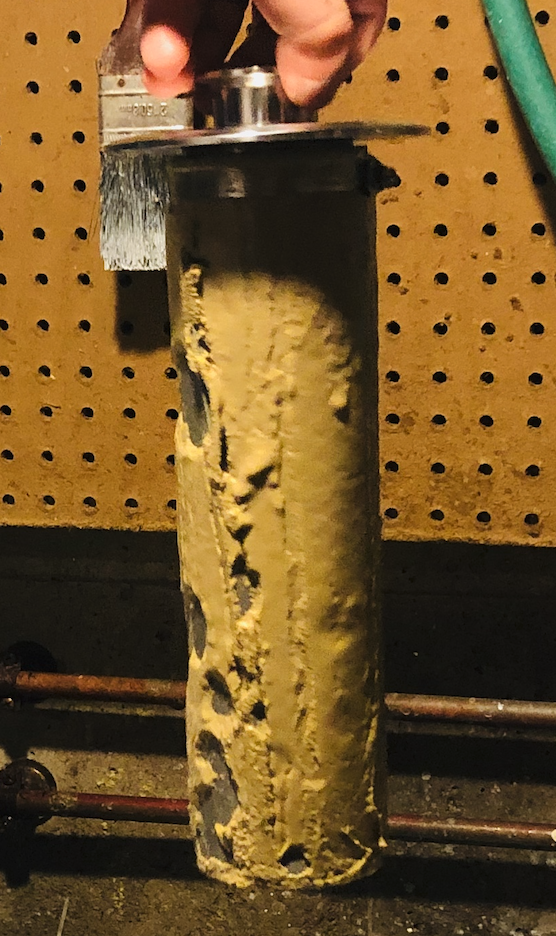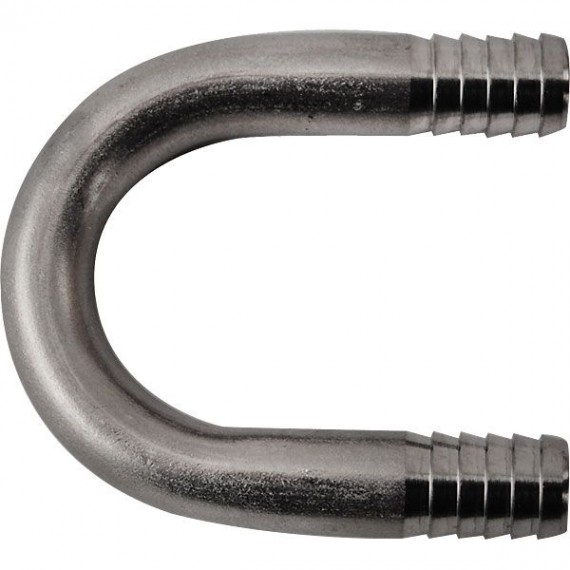Hi All - I have a Spike CF10 and have been looking for solutions to my kegs/QDs clogging during closed transfers. I dump my pellets in lose and prior to kegging, cold crash at 36F for ~48 hours. I usually do 3 hop dumps throughout the cold crash. I then use a carb stone to carbonate in the Conical. Even with the dumps, I still get clogged kegs (or QDs). It has become extremely frustrating come kegging time.
I have been looking into this Inline Wort Strainer but it is big and bulky and there are not many posts on using it.
Then I stumbled upon this Tri Clamp Screen Gasket-- Has anyone used one of these before? I was thinking of putting it at the end of my Butterfly Valve to catch the last little bits of pellet particles before hitting the QD.
Thanks!!
I have been looking into this Inline Wort Strainer but it is big and bulky and there are not many posts on using it.
Then I stumbled upon this Tri Clamp Screen Gasket-- Has anyone used one of these before? I was thinking of putting it at the end of my Butterfly Valve to catch the last little bits of pellet particles before hitting the QD.
Thanks!!










































![Craft A Brew - Safale BE-256 Yeast - Fermentis - Belgian Ale Dry Yeast - For Belgian & Strong Ales - Ingredients for Home Brewing - Beer Making Supplies - [3 Pack]](https://m.media-amazon.com/images/I/51bcKEwQmWL._SL500_.jpg)




















